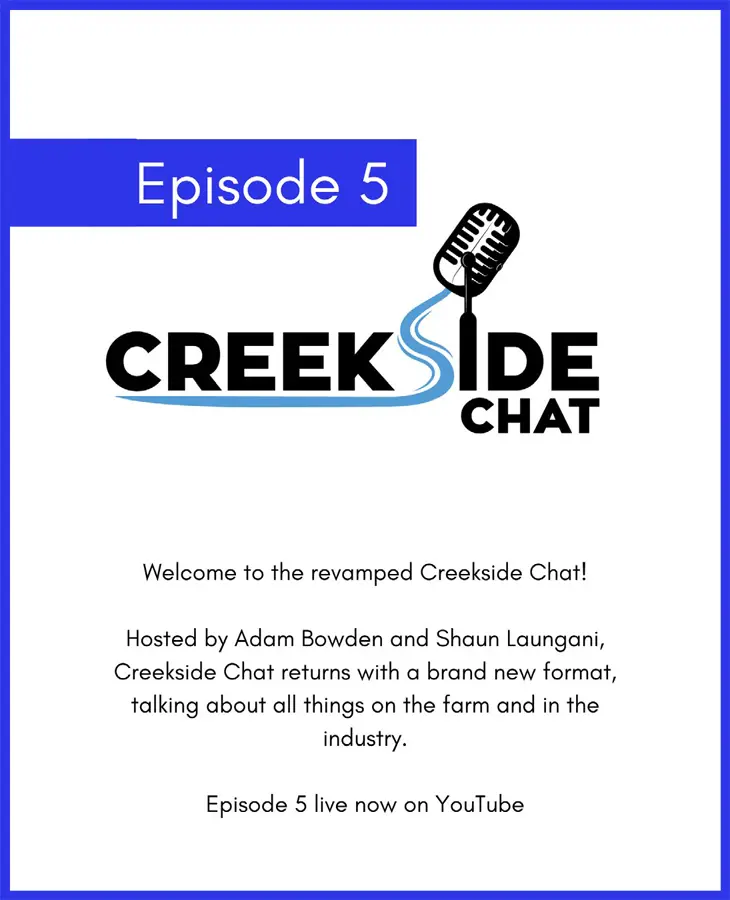
Gural’s Stallion Rule Under the Microscope
Despite going it alone and three prominent new four-year-old stallions earning medical exemptions, the owner of the Meadowlands, Tioga and Vernon Downs is vowing to continue with his rule in the hope of developing future fans.
by Dave Briggs
Racetrack owner Jeff Gural said he’s disappointed the Hambletonian Society and Woodbine Entertainment Group (WEG) no longer are supporting his Stallion Rule, but he plans to continue with it, undaunted.
“I’m sticking to it and I think we’ll really find out (how effective it is) in the next couple of years when these horses are sold,” Gural said Friday.
The rule bans the first crop of any stallion that goes to stud at four — and does not receive a medical exemption — from ever racing at the three Gural-owned racetracks — the Meadowlands Racetrack in East Rutherford, NJ, Tioga Downs in Nichols, NY and Vernon Downs in Vernon, NY.
“It’s a lifetime ban (on the first crop),” Gural said, referring to stallions such as Artspeak that went to stud at four and did not receive a medical exemption “(It applies) even to overnights. (The first-crop offspring) can’t race.”
Recently, three four-year-old stallions — Betting Line, Southwind Frank and Control The Moment — received a medical exemption that allows their first crops to be eligible to race at Gural’s tracks. Despite that somewhat weakening the impact of the rule, Gural said he still feels it is important to continue with it.
Gural launched the rule in 2011 with the support of WEG and the Hambletonian Society to try to keep star horses on the track longer in the hope of attracting more fans.
“We just saw in harness racing last year, the excitement that was generated when (older pacers) Always B Miki and Freaky Feet Pete and Wiggle It Jiggleit raced, especially the first time they raced. Everybody was probably watching and there was real anticipation every time these horses raced against each other. There were big crowds and big handle,” Gural said. “There is no question that you can’t possibly expect to create new, younger people as fans if you have a mediocre product. We just saw that (in the thoroughbreds) with California Chrome and Arrogate (in the inaugural $12 million Pegasus World Cup at Gulfstream Park)… I’ll bet you next year, unless there is another good horse that comes along, the handle on that race will drop way down if they don’t come up with a rivalry like the one they had this year for that race.”
Prominent breeder and owner George Segal of Brittany Farms fame said Thursday that he has the utmost admiration for Gural, but disagrees with Gural about the Stallion Rule.
“I’m a big supporter of Jeff, personally, and in many of the things he’s done in harness racing,” Segal said. “I think he did a great service to everybody in coming in and saving the Meadowlands. I know he’s been through a lot of problems because of the lack of horses and the lack of purse funds. The Meadowlands is still the most important racetrack — along with the Woodbine Entertainment Group and The Red Mile, in my opinion — in North America.
“I also think (Gural has) done great things in pursuing and trying to catch people that are cheating on the drug end and barring them from his racetrack, but I think he’s 100 per cent wrong on two things: fighting with drivers because they leave the Meadowlands to race other places – not good — and I’m 100 per cent against The Gural Rule.
“I think what he’s trying to achieve with both of them is he wants to put on the best product at the racetrack, but he cannot force people to race there who are trying to earn a living.”
Hambletonian Society CEO Tom Charters said the society’s board wasn’t overly enthusiastic about the rule, but it agreed to a two-year trial. For those two years, that meant the first crop of any stallion that went to stud at four — that did not receive an exemption — was ineligible to Hambletonian Society stakes.
“I think we showed good faith, but after two years, we felt the way it would have to be implemented was unfair to those lucky enough to have (star) horses, especially the smaller owners that get a great horse, a great three-year-old,” Charters said, adding other tracks and stakes programs never even gave the Stallion Rule a trial run. “We are partners with Jeff and we feel very strongly that partners don’t always agree, but can work things out and continue the partnership.”
Both the Hambletonian Society and WEG stopped supporting the rule in 2015.
Jamie Martin, WEG’s executive vice-president of racing, said Friday that the Toronto racetrack company withdrew support for Gural’s Stallion Rule for two reasons.
“First of all, we knew the Hambletonian Society was not continuing to support it and we kind of struggled with it. We wanted to support the Meadowlands, but after a couple of years I just don’t think it made any difference,” Martin said.
“I’m just more of the view of letting the market decide. I would have loved to see Betting Line race next year. I know that’s a different issue because he’s got a vet waiver and he wasn’t going to race anyway, but I don’t think racing him next year would have moved the needle on our business. So then why would I want to put restrictions on the owners of that horse on what they do with him?
Gural disagreed and said, “the name of the game is stars” and breeders would benefit, long term, from developing more younger fans who are more likely to be enticed by seeing star horses.
“I don’t know who (the breeders) are going to sell these horses to, to be honest with you, because the customers that they think are going to be there are old like me and we need to find new ones,” Gural said,
“He may be right,” Martin said, “but I wish we had horses that drove attendance up at the racetrack. I’m not convinced there’s a standardbred that can do that.”
Gural he is more disappointed in WEG than the Hambletonian Society because the latter’s board is predominantly comprised of breeders.
“(WEG) is in the (racing) business and if they don’t think it’s important to get people in the grandstand then they should be in a different business,” Gural said.
Martin said WEG is trying to develop more stakes events for four-year-olds to naturally entice more owners to keep horses on the track longer, but admits, “we’ve just done okay on that, we haven’t done a very good job. We did bring back the Confederation Cup for four-year-olds and we do take a leg of Jeff’s Graduate series, so we are trying to be supportive, but because of other issues we haven’t been able to put much funding towards four-year-old races, yet.”
Gural’s Stallion Rule will get a good test in the fall of 2018, when Artspeak’s first crop of yearlings go to the sales.
“Obviously, people don’t seem to care about my rule and we’ll see how that works out when those horses go in the sales ring and when they are two-year-olds and the people that bought them realize that they can never race at my three tracks,” Gural said.
“I don’t wish anybody ill, I hope Artspeak does fine. (Artspeak’s part-owner) Myron (Bell) is a friend of mine and I hope he does fine. Truthfully, they were very supportive of me with Captaintreacherous (returning to race at four), but once WEG and the Hambletonian Society bailed (on the rule) it made it less onerous, so they look at it as not being that important.”
Segal said bringing back Captaintreacherous and Father Patrick to race at four was a gamble that did not pay off for himself and his partners on those horses.
“Captaintreacherous raced at four, a big mistake. Father Patrick raced at four, a big mistake. It hurt him, even though he bred at four — raced and bred. It was a bad idea and he got half the number of mares and many less involved. Thank goodness the next year he did well, but it could hurt him. All the owners of these horses put money back into it,” Segal said.
“Why do people buy horses? At the top end, they buy them to have a champion, a stud. To put horses in and have them not perform in the four-year-old year — which has nothing to do with their ability in the breeding shed — costs them a year of breeding and maybe diminishes them, somewhat, in the eyes of people who are going to breed. It’s ridiculous.
“The people supporting the industry are the people (Gural) is hurting and I’m just against it.”
Segal said the Wiggle It Jiggleit / Always B Miki example of drawing fans to the track isn’t a fair one because neither horse would have been subjected to the Stallion Rule. Wiggle It Jiggleit is a gelding and injuries had a great deal to do with Always B Miki racing in 2016 as a five-year-old. Segal stressed, again, his respect and admiration for what Gural has done to help the game. Yet, it doesn’t change Segal’s assessment that Gural’s Stallion Rule has, “hurt the breeding industry. He has curtailed the production of horses and he has hurt the owners of these horses, all of which are owners who put money back into the game with what they get from a successful stallion.”
Gural said, “The breeders disagree, but I only care about the future of the sport because we have a lot of young people and, to be honest with you, those young people have no future. I don’t know what they are thinking… There are people writing in your magazine about how to get handle and how to get people. I’ve tried them all and nothing works because no one knows we exist. That’s a big problem.”













